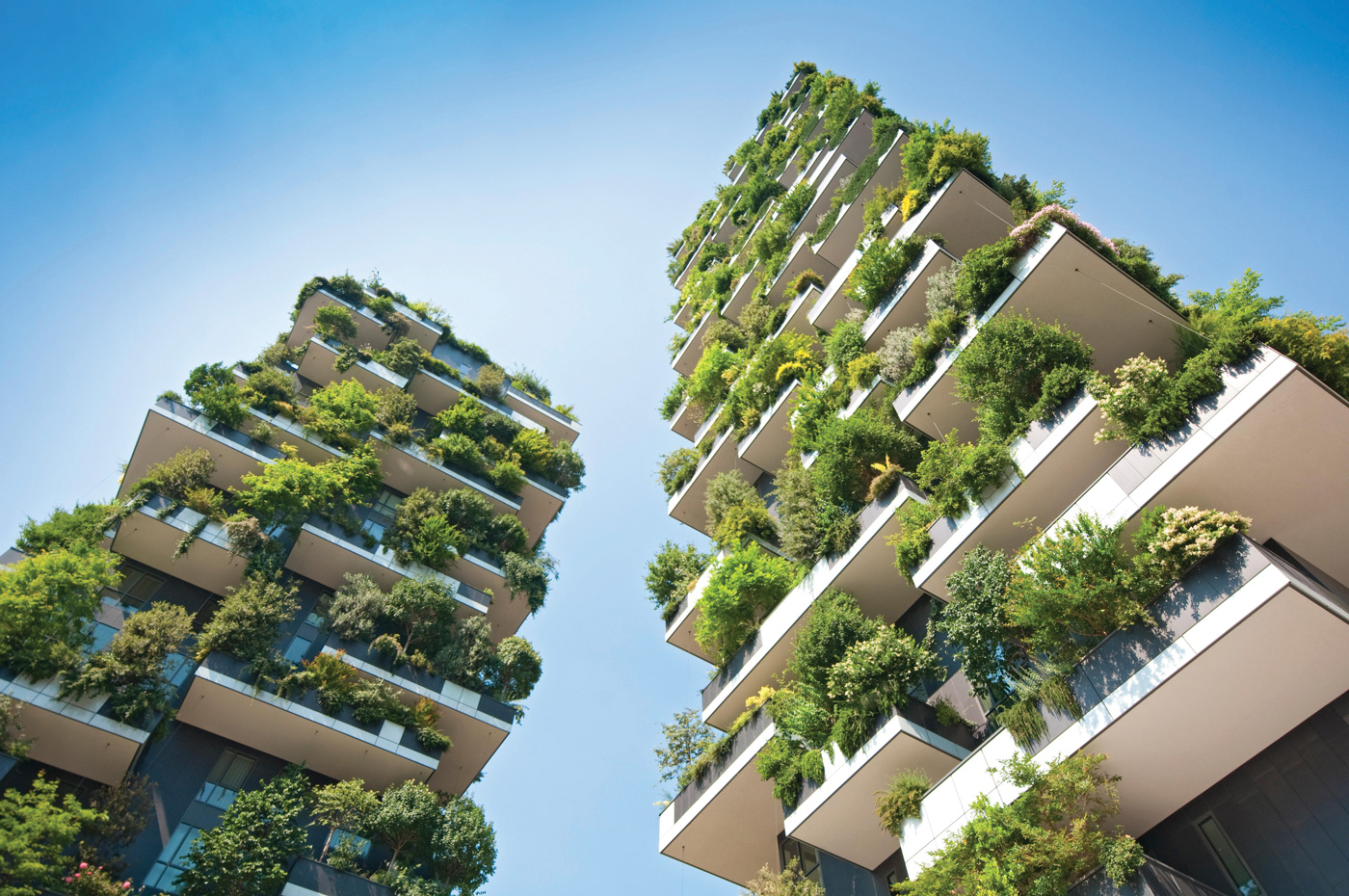Kanat Sultanbekov Highlights Sustainability in Multifamily Development
In the dynamic landscape of real estate, the multifamily sector stands at the forefront of a transformative journey toward sustainability. From bustling urban centers to serene suburban neighborhoods, developers and property managers are increasingly embracing eco-friendly designs and green building practices to minimize environmental impact while enhancing the quality of life for tenants. the-possible.com
According to Kanat Sultanbekov, the shift towards sustainability in multifamily housing is not merely a trend but a necessity born out of a growing awareness of the pressing need to address climate change and resource depletion. Recognizing this imperative, stakeholders across the industry are reimagining traditional approaches to construction and property management.
One of the cornerstones of this transformation is the adoption of green building practices. Developers are integrating sustainable materials and technologies into their projects, from energy-efficient appliances and lighting to eco-friendly insulation and HVAC systems. These innovations not only reduce energy consumption but also lower utility costs for tenants, making sustainable living more accessible and affordable.
Moreover, the emphasis on eco-friendly designs extends beyond the construction phase. Property managers are implementing sustainable practices in day-to-day operations, such as waste reduction, water conservation, and recycling initiatives. These efforts not only benefit the environment but also foster a sense of community among residents who share a commitment to sustainability.
Central to the ethos of sustainable multifamily living is the prioritization of tenant well-being. Kanat Sultanbekov says that beyond minimizing environmental footprint, green buildings are designed to optimize indoor air quality, natural light, and thermal comfort. Features like rooftop gardens, community green spaces, and bike storage facilities further enhance the living experience, promoting health, happiness, and connectivity among residents.
In addition to tangible benefits, the embrace of sustainability in the multifamily sector aligns with broader societal values and expectations. Millennials, and Generation Z in particular, are driving demand for eco-conscious living spaces, seeking residences that reflect their commitment to environmental stewardship and social responsibility. As such, developers and property managers who prioritize sustainability are not only meeting market demands but also future-proofing their investments against evolving consumer preferences.
Furthermore, the adoption of green building practices can yield significant financial returns over the long term. Energy-efficient buildings typically have lower operating costs and higher resale values, offering a compelling business case for sustainable development. In an era marked by economic uncertainty and regulatory changes, sustainable multifamily properties are viewed as resilient assets that offer stability and value appreciation.
metropolismag.com
However, the journey towards sustainability in the multifamily sector is not without its challenges. Balancing environmental objectives with economic feasibility requires careful planning, collaboration, and innovation. Developers must navigate regulatory frameworks, secure financing for green initiatives, and educate stakeholders about the long-term benefits of sustainability.
Nevertheless, the momentum towards sustainability in multifamily housing continues to build, driven by a shared commitment to creating healthier, more resilient communities. As cities grapple with the impacts of climate change and urbanization, sustainable development offers a path toward a more equitable and livable future for all.
Kanat Sultanbekov emphasizes that the transformation of the multifamily sector towards sustainability represents a pivotal moment in the evolution of urban living. By embracing green building practices and eco-friendly designs, stakeholders can minimize their environmental footprint, enhance tenant living standards, and position themselves for long-term success in a rapidly changing world.




Comments
Post a Comment